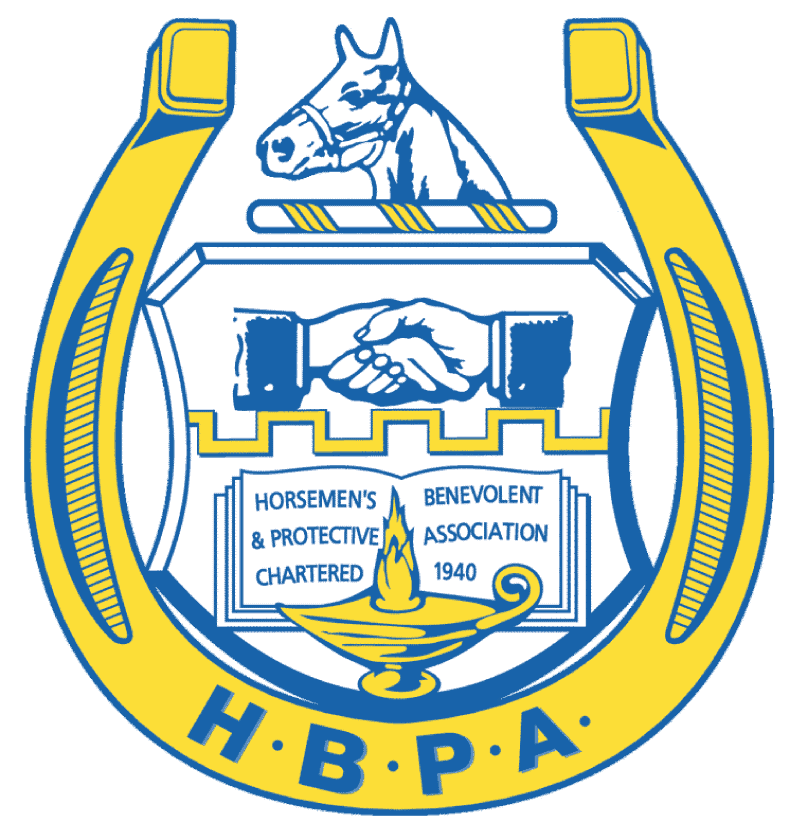KHRC Vote on Salix Threshold Triggers Debate
Blood-Horse
A May 6 vote to change the recommended testing threshold for the anti-bleeding medication furosemide, when it is administered 24 hours before a race, triggered another debate and posed questions whether the Kentucky Horse Racing Commission should have first consulted the Kentucky Equine Drug Research Council.
The KHRC in March, at the request of Keeneland, approved a regulation that would allow racetracks to offer races that don’t permit use of furosemide, also known as Salix or Lasix, on race day beginning in 2016. The regulation must now go through the legislative review process.
In conjunction with the regulation, the KHRC provided guidance for horsemen who may choose to run in such races. The initial recommended threshold was 100 picograms per milliliter in serum, but the KHRC changed it to 1,000 picograms per milliliter May 6, after hearing a report from Dr. Mary Scollay, the KHRC equine medical director.
Scollay said a 20-horse research study funded by Keeneland indicated the furosemide withdrawal number at 24 hours would be 650 picograms per milliliter, so a “greater margin of safety” is needed for horsemen to avoid positive tests when following administration guidelines.
The KHRC approved the change, with three members opposed, but not before a lengthy discussion over procedure. Several commissioners expressed concern the proposed furosemide regulation wasn’t first discussed by the KEDRC, which makes recommendations to the KHRC on medication issues.
“We rushed the process,” KHRC member Burr Travis said. “Things like this generally go through proper procedures. This did not go through the equine drug council. It’s unacceptable the way this whole procedure occurred.”
Travis also said he would have a preferred to have an independent party pay for the study.
“I think it’s flawed,” KHRC member Thomas Conway said of the process. He considered on two occasions making a motion to send the matter to the KEDRC, but backed away after commission chairman Robert Beck and other members assured him the drug council would be asked to place the matter on its agenda.
“In some ways this is a bit of a red herring,” Beck said. “We’d be approving what we did last time.”
KHRC member John Phillips said the recommendation of 100 picograms per milliliter came from what he called the European model, which uses a different format for testing. Phillips, who voted for the threshold change, said the KHRC must be prepared to adapt to changes when new research is released.
“If we have a better standard, let’s use it,” Phillips said. “In anything we do, we need to be adaptable.”
In a related matter, KHRC member Dr. Foster Northrop, a racetrack veterinarian, said another sampling for four horses produced interesting results regarding administration of furosemide 24 hours before a race. The horses had controlled access to water; Salix is a diuretic.
“It’s way more effective than you would think at 24 hours,” Northrop said. “A lot of parameters were measured and it looks like (administration of furosemide 24 hours before race) is as effective as four hours before a race.”
Salix is used for training purposes in many countries, but only a few allow it on race day. The four-horse study, however, seems to suggest horses benefit from the medication on race day even if it’s not administered on race day.
As for the non-furosemide race rule, Conway reiterated he believes the KEDRC should have been the starting point for the regulation, not the KHRC Rules Committee.
“This is going to come to an abrupt halt if we don’t follow our own rules and regulations,” he said.
When the regulation on optional non-furosemide races was first proposed in March, the Kentucky Horsemen’s Benevolent and Protective Association spoke out against it and suggested the language would permit any racetrack in the state to card all races Salix-free. Beck didn’t allow Kentucky HBPA executive director Marty Maline to speak at the May 6 meeting, though KHRC member Ned Bonnie later mentioned a memorandum from the horsemen’s group outlining alleged legal concerns.
“The HBPA has raised a significant number of legal challenges,” Bonnie told fellow commissioners. “When will we get a report in respect to the legal questions in this memorandum?”
Beck indicated he doesn’t believe it’s a serious matter.
“We made ourselves comfortable with it before we even proposed this regulation,” Beck told Bonnie. “I think your characterization is premature.”
Bonnie earlier in the meeting took Churchill Downs and Keeneland to task for seeking KHRC approval for a new wager and off-site wagering, respectively, after they already had moved forward. He said the commission shouldn’t be asked to approve things retroactively.
“I think it’s inappropriate,” Bonnie said. “If we were to say, ‘We don’t like this,’ it has already happened. The more we accept that, the more likely it’s going to happen.”
KHRC executive director John Ward Jr. agreed with Bonnie. He said staff doesn’t like to be put in a position to approve things without the KHRC first considering them.
Representatives of Churchill and Keeneland both apologized and said they would be sure to submit requests to the KHRC further in advance.



